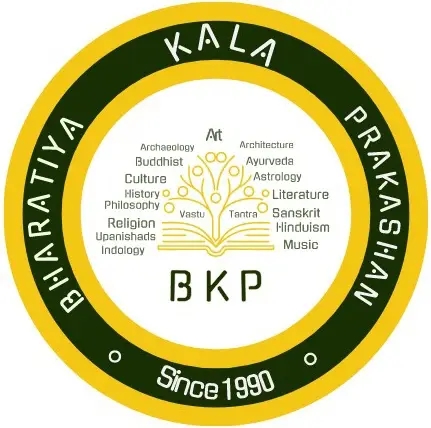HINDU MATHEMATICS
- BKPBOOKS

- Oct 7, 2023
- 2 min read
Hindu mathematics is a fascinating topic that explores the origins and development of many mathematical concepts that we use today. In this blog post, I will give you a brief overview of some of the achievements and contributions of Hindu mathematicians from the Vedic period to the classical period.
The Vedic period (1500 BCE to 500 BCE) is the earliest phase of Hindu mathematics, where we find the use of geometric shapes and constructions in the Vedas, the sacred texts of Hinduism. The Vedas also contain some numerical notation systems, such as the binary system and the katapayadi system.
The classical period (400 CE to 1200 CE) is the golden age of Hindu mathematics, where we witness the emergence of several influential scholars and works. Some of the most notable ones are:
- Aryabhata (476 CE to 550 CE), who wrote the Aryabhatiya, a treatise on astronomy and mathematics that covers topics such as algebra, trigonometry, arithmetic, quadratic equations, and the approximation of pi.
- Brahmagupta (598 CE to 668 CE), who wrote the Brahmasphutasiddhanta, a treatise on astronomy and mathematics that introduces the concept of zero as a number, the rules for arithmetic operations with zero and negative numbers, and solutions to linear and quadratic equations.
- Bhaskara II (1114 CE to 1185 CE), wrote the Siddhanta Shiromani, a treatise on astronomy and mathematics that contains many original results on algebra, trigonometry, calculus, and geometry.
- Varāhamihira (505 CE to 587 CE), who wrote the Panchasiddhantika, a treatise on astronomy and mathematics that summarizes five earlier astronomical works and gives methods for calculating planetary positions, eclipses, and other phenomena.
These Hindu mathematicians developed many mathematical concepts that are now widely used in modern mathematics, such as the decimal number system, the concept of zero, negative numbers, algebra, trigonometry, and calculus. They also transmitted their knowledge to other regions, such as the Middle East, China, and Europe, where they influenced further developments in mathematics.
If you want to learn more about the history of Hindu mathematics, I suggest you read History of Hindu Mathematics: A Source Book by Bibhutibhushan Datta and Awadhesh Narayan Singh. It is a comprehensive and authoritative book that covers the history of Indian mathematics from ancient times to modern times. However, if you are looking for some other books on Hindu mathematics, you may also check out these titles:
- Mathematics in India by Kim Plofker. It is a concise and accessible book that surveys the history of Indian mathematics from the Vedic period to the colonial era.
- Indian Mathematics: Engaging with the World from Ancient to Modern Times by George Gheverghese Joseph. It is a rich and engaging book that explores the diversity and creativity of Indian mathematics across time and space.
- The Crest of the Peacock: Non-European Roots of Mathematics by George Gheverghese Joseph. It is a groundbreaking book that challenges the Eurocentric view of mathematics and reveals the contributions of non-European civilizations, including India.
I hope you enjoyed this blog post and learned something new about Hindu mathematics. Thank you for reading!


Comments